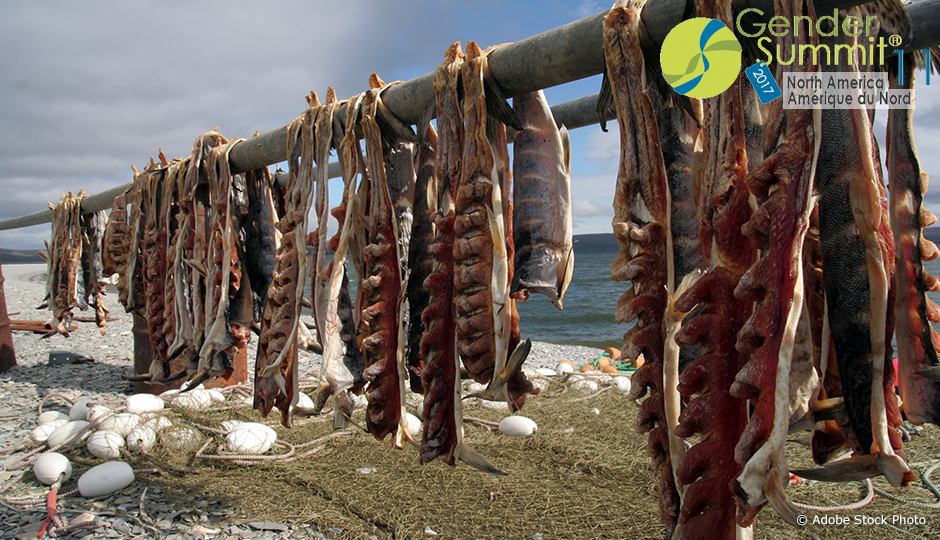To conduct her research among Indigenous communities, Mélanie Lemire does not arrive as a researcher but rather as a girl from Bas-Saint-Laurent. “Contact with the local populations is more natural. People see that I’m familiar with the realities of remote areas,” she explains. Based in the Kamouraska region, she is a professor in the Department of Social and Preventive Medicine at Université Laval. Mélanie Lemire collaborates with Indigenous partners to explore the benefits and risks of consuming local foods. “I don’t conduct research on the communities but with them,” she says. Indeed, Lemire is known for her ecosystemic approach to health, which involves working with partners in universities and a range of other organizations and sharing the results in the form of decision-support tools.
From Amazonia to the High Arctic
As a student in environmental science and health at UQAM, Mélanie Lemire travelled to the Brazilian Amazon to study the exposure of Amazon basin populations to mercury and the benefits of consuming local foods. She was among the first to demonstrate that a diet high in selenium from local foods such as Brazil nuts helps counteract the harmful effects of mercury on human health. She was awarded a prestigious Banting Postdoctoral Fellowship to pursue this work in Nunavik, in addition to investigating how the lead in hunting shots contaminates game. To reduce the exposure of local populations to environmental contaminants, she works to promote lead-free ammunition to public health officials and hunters, along with the consumption of smaller fish, since large predators at the top of the food chain are the main source of mercury contamination. “The quality of traditional Indigenous foods is exceptional, much higher than that of the ultra-transformed options in grocery stores,” affirms Lemire.
In the course of her discussions with communities, she observed their different ways of considering sex and gender and noted the importance of sharing different types of knowledge: “I am often the glue between academic and Indigenous knowledge,” she says.
The arduous path of research
Mélanie Lemire, who currently holds the Nasivvik Research Chair in Ecosystem Approaches to Northern Health and member of the Populations health and optimal health practices areas at the CHU de Québec Research Centre, admits that she had to work hard to reach the highest echelons in her field. “There are many years of studying, and your career begins later,” acknowledges Lemire, who earned her first faculty appointment at the age of 36. Many of her women colleagues have abandoned research altogether and some who remain struggle to find a work-family balance. “Science must find a way to help parents have successful research careers and family lives, especially by accepting that they may be less productive for a certain time,” she explains. She also believes that all graduate students should have a mentor to encourage them to excel. “I was fortunate to work with Donna Mergler, who was my masters and PhD advisor at UQAM, and the late Éric Dewailly during my postdoc at Université Laval. They both firmly believed in the role of women in research,” recounts Lemire. Today, to guide her own students, she also finds inspiration in the women who serve as exceptional Indigenous leaders.






